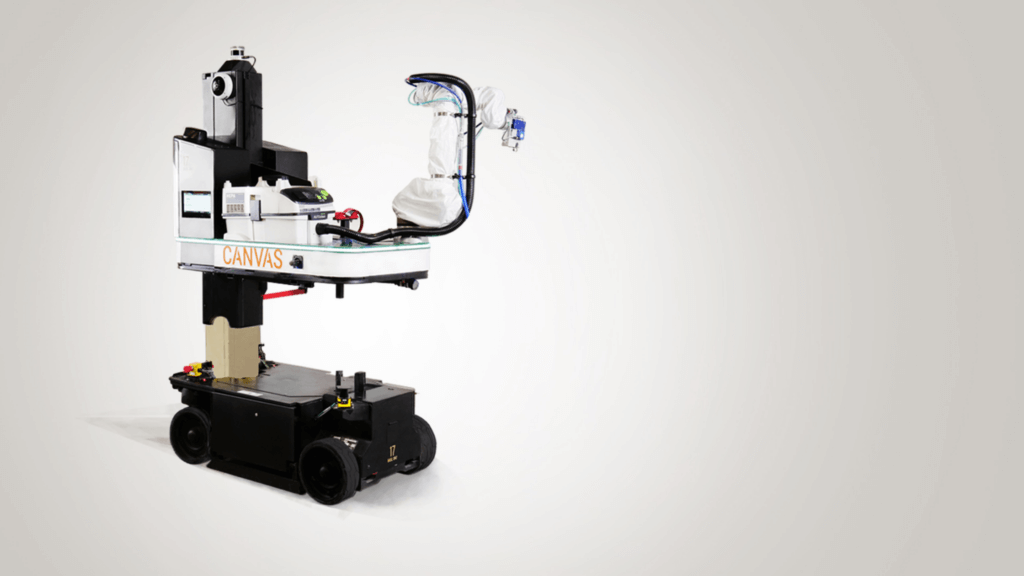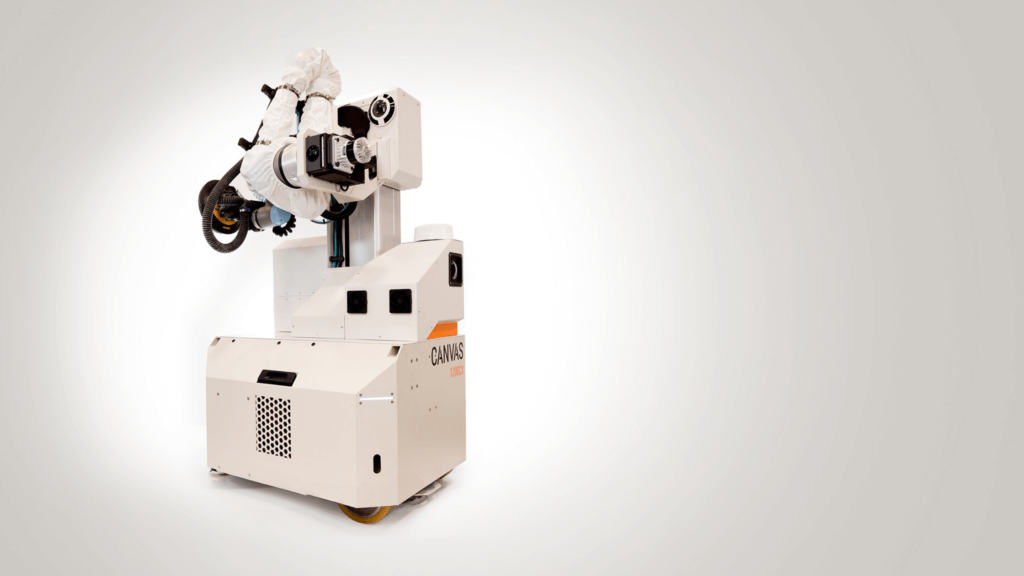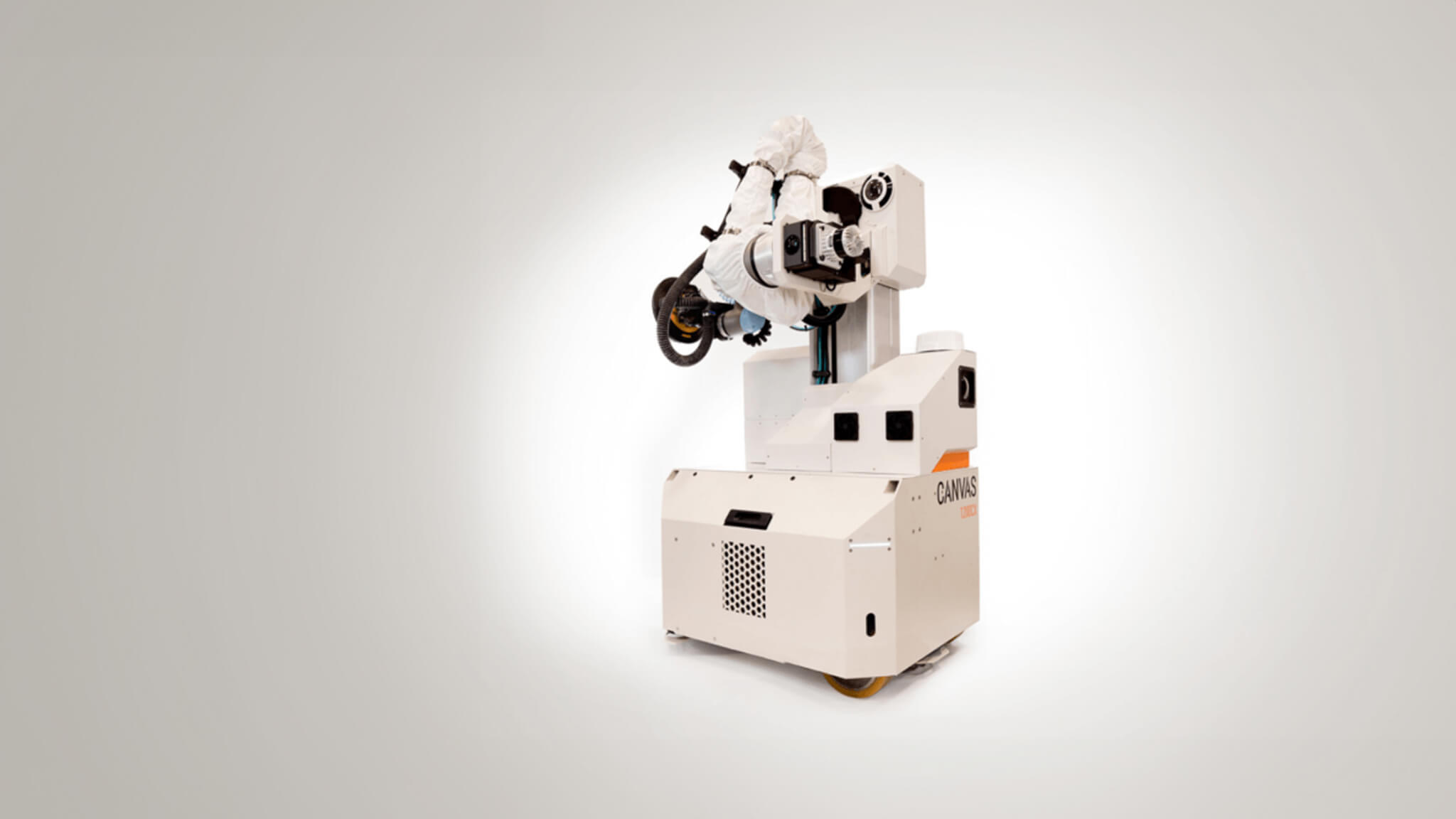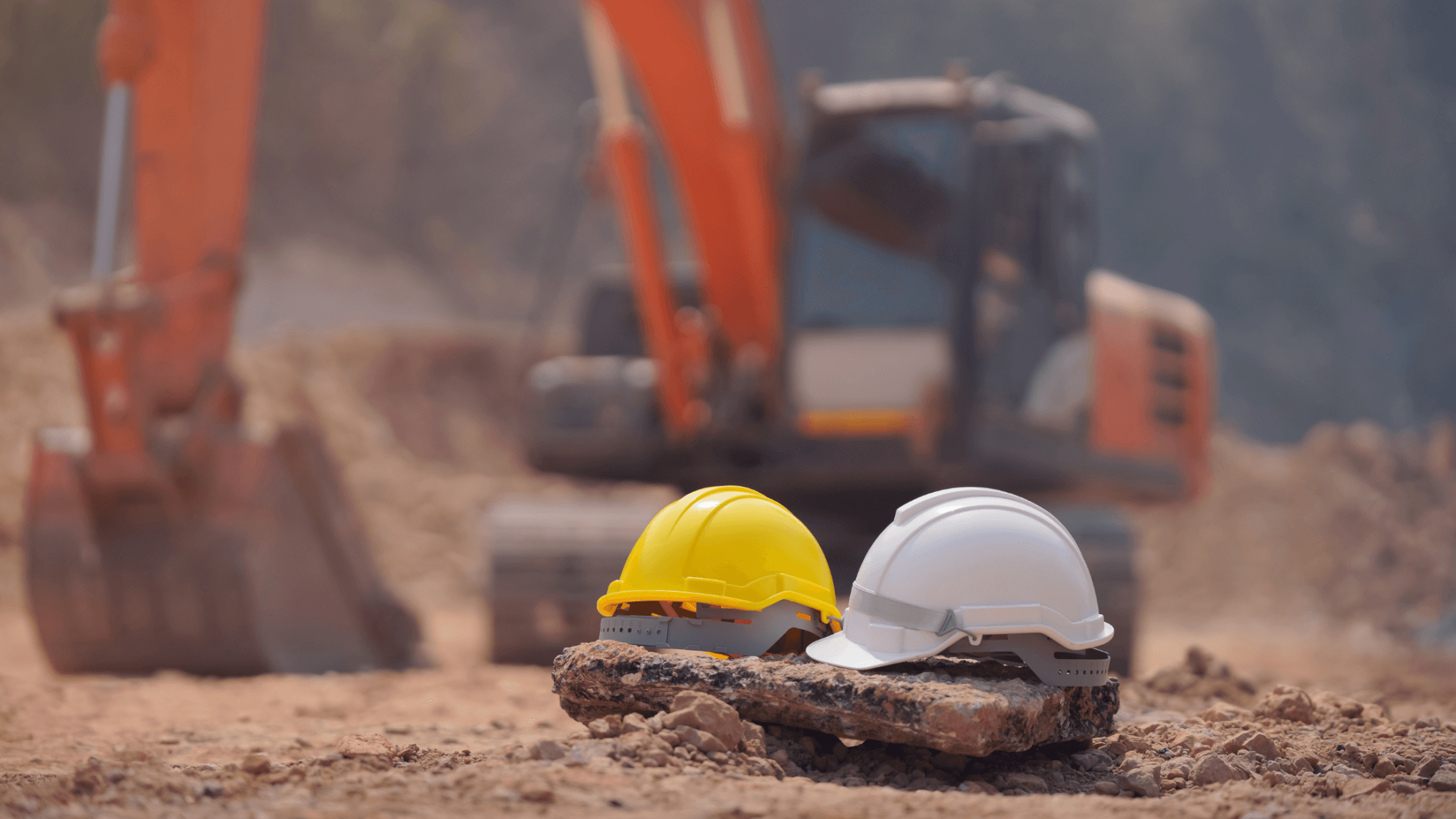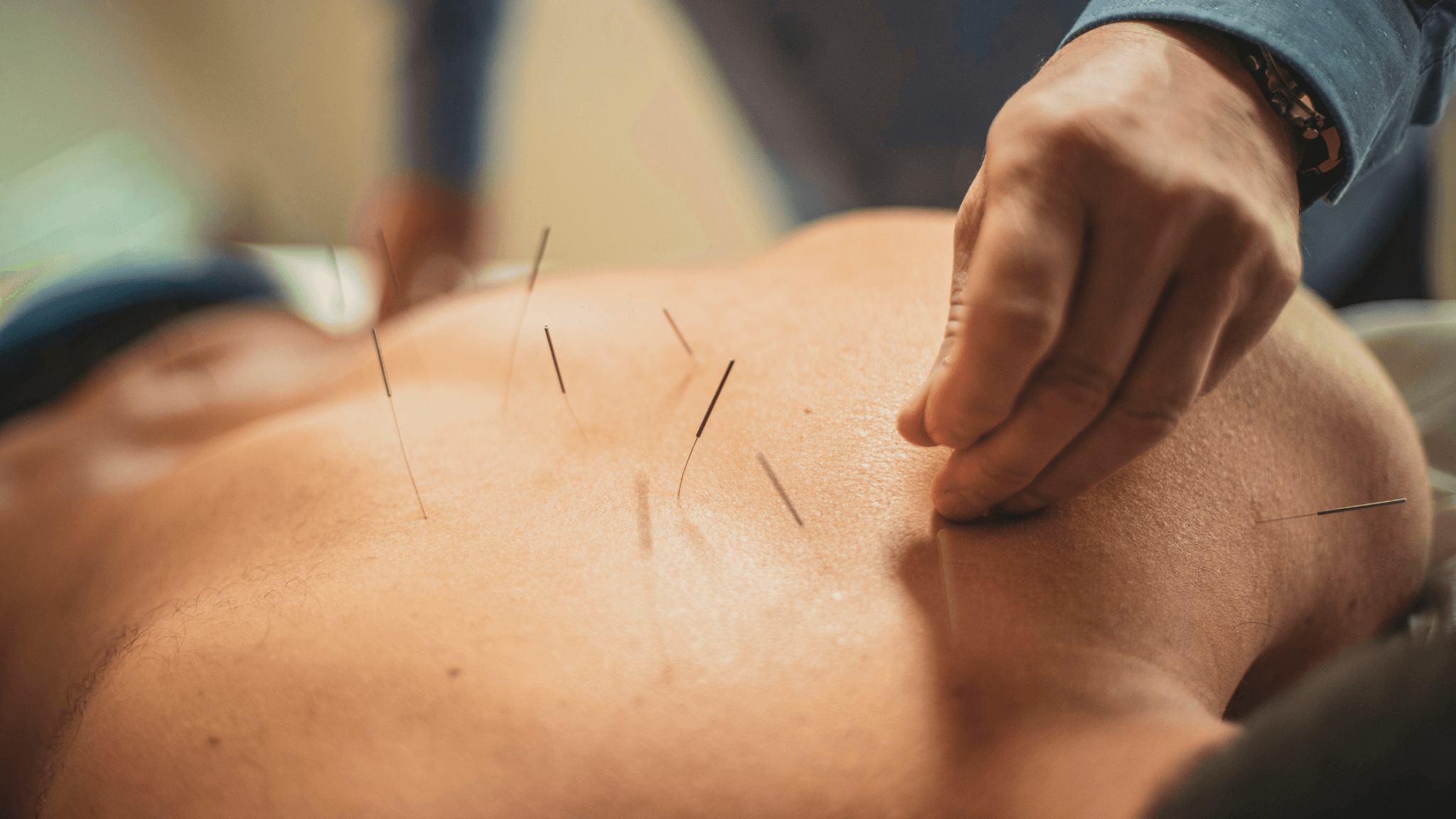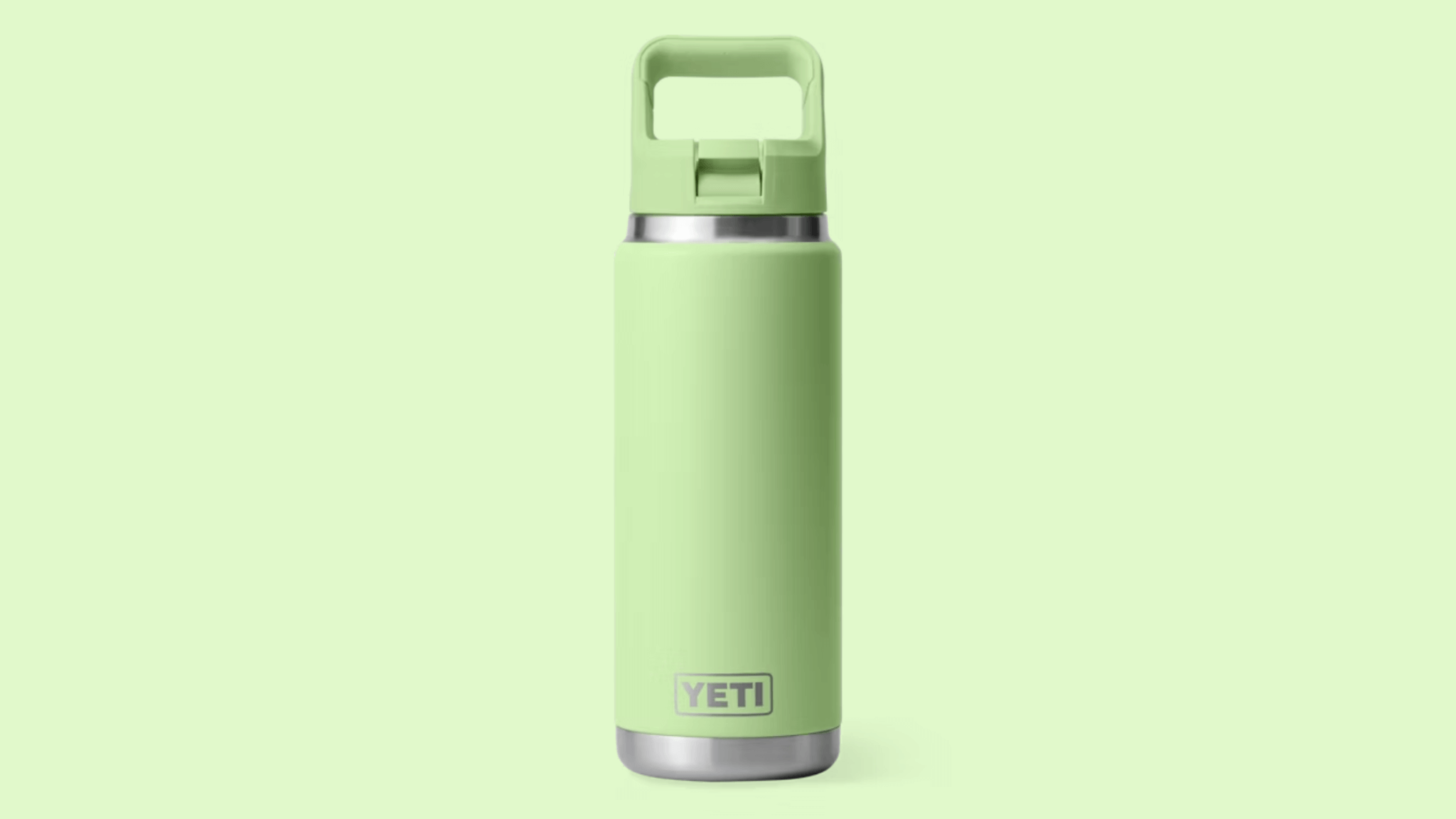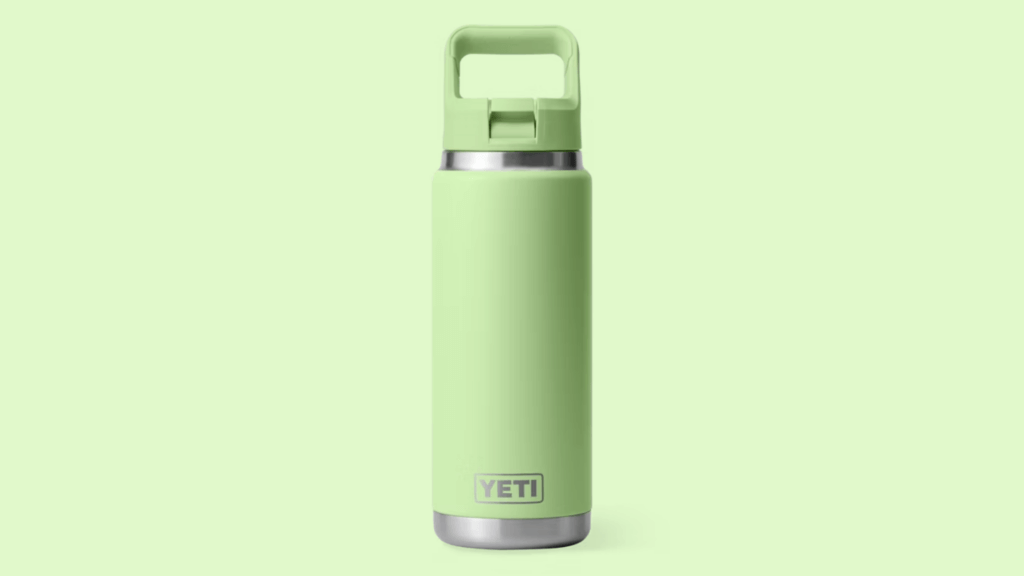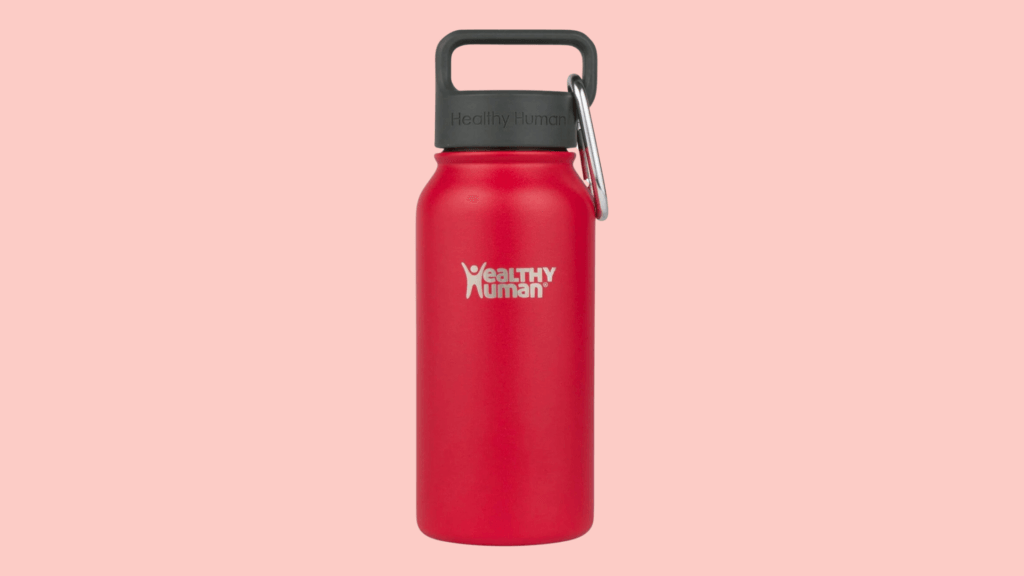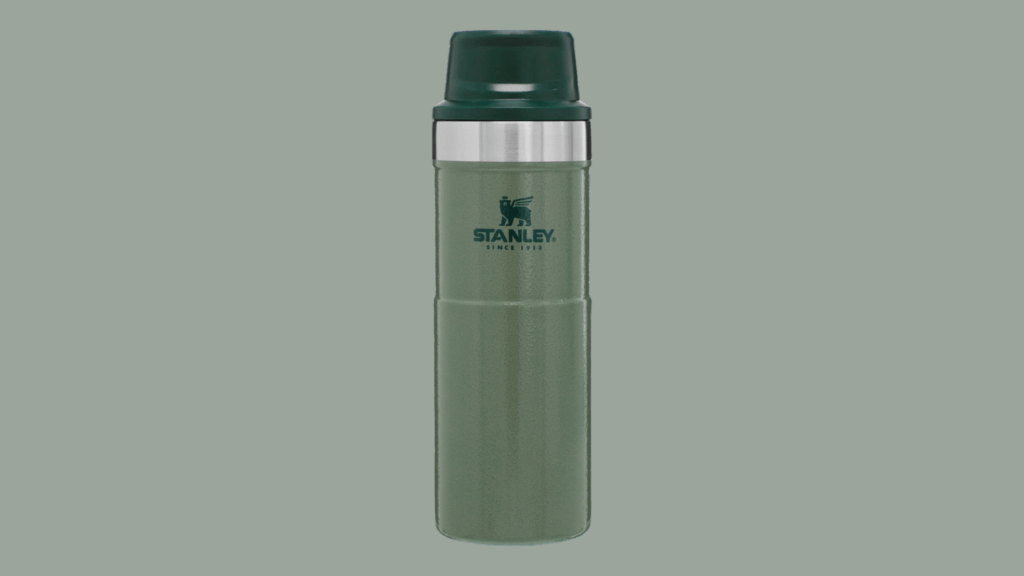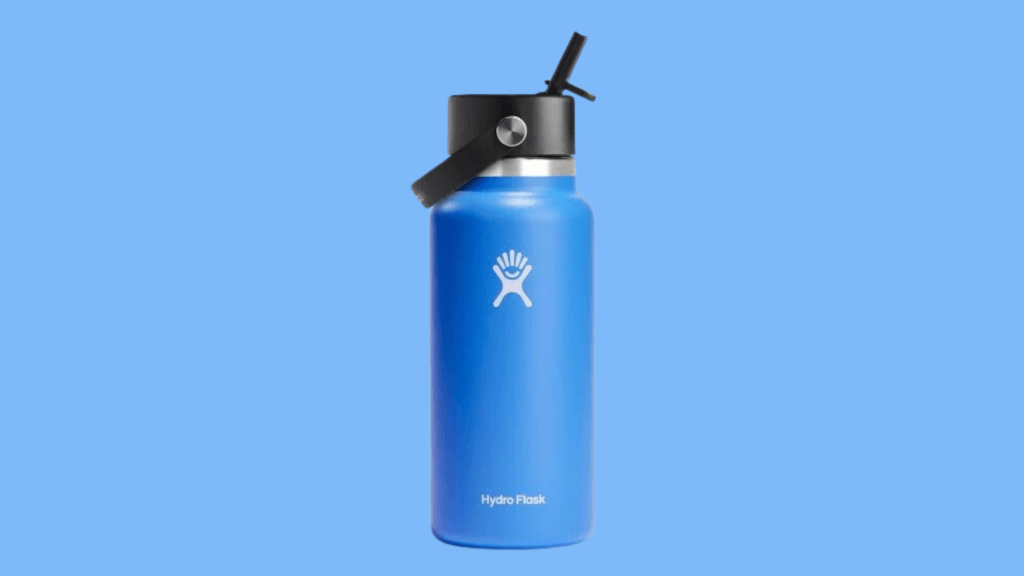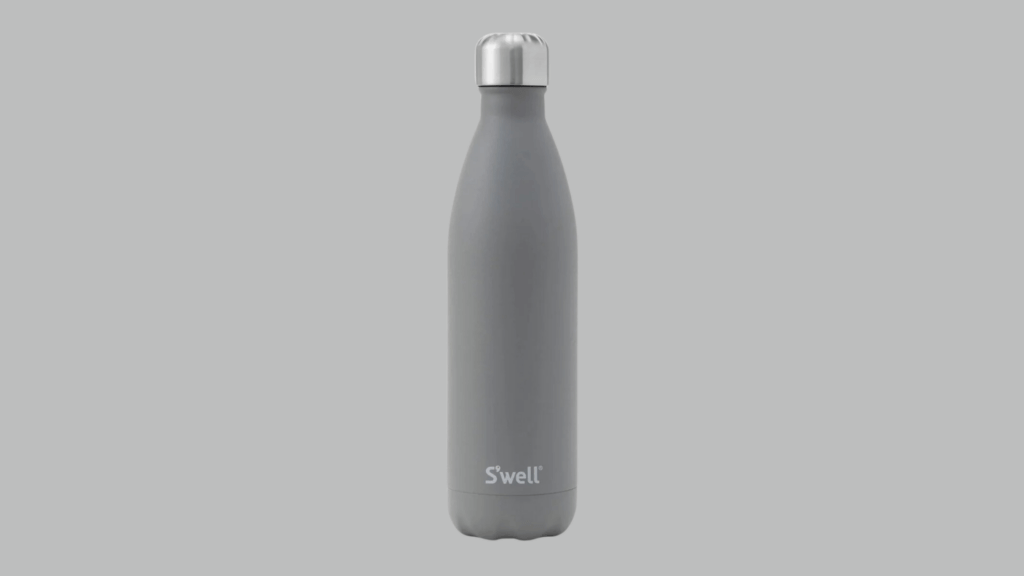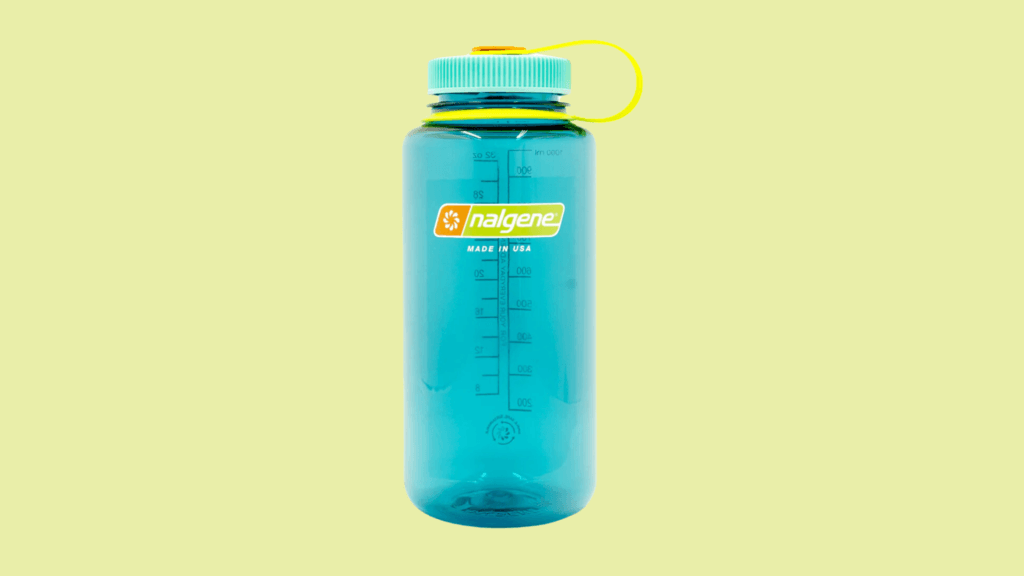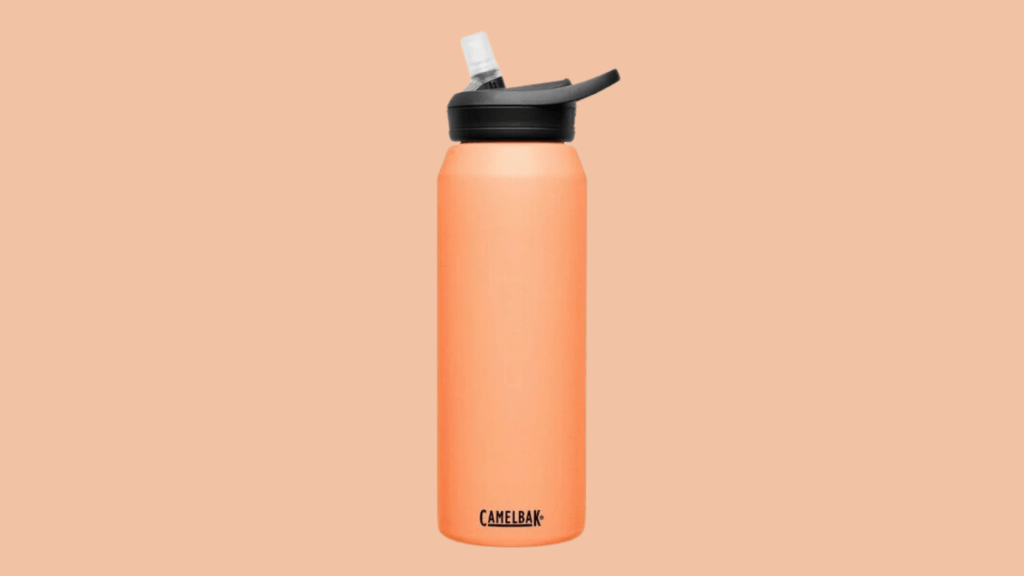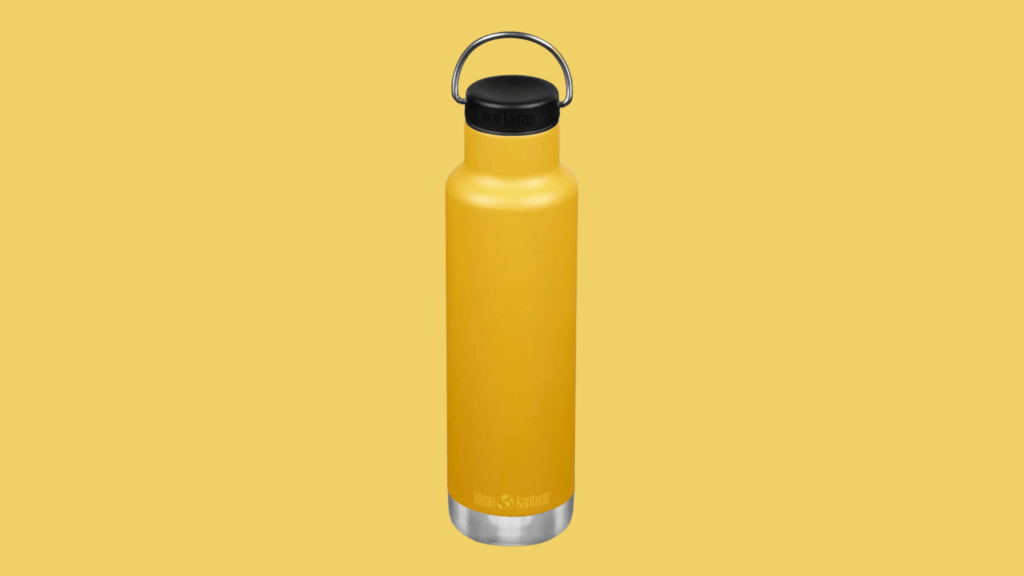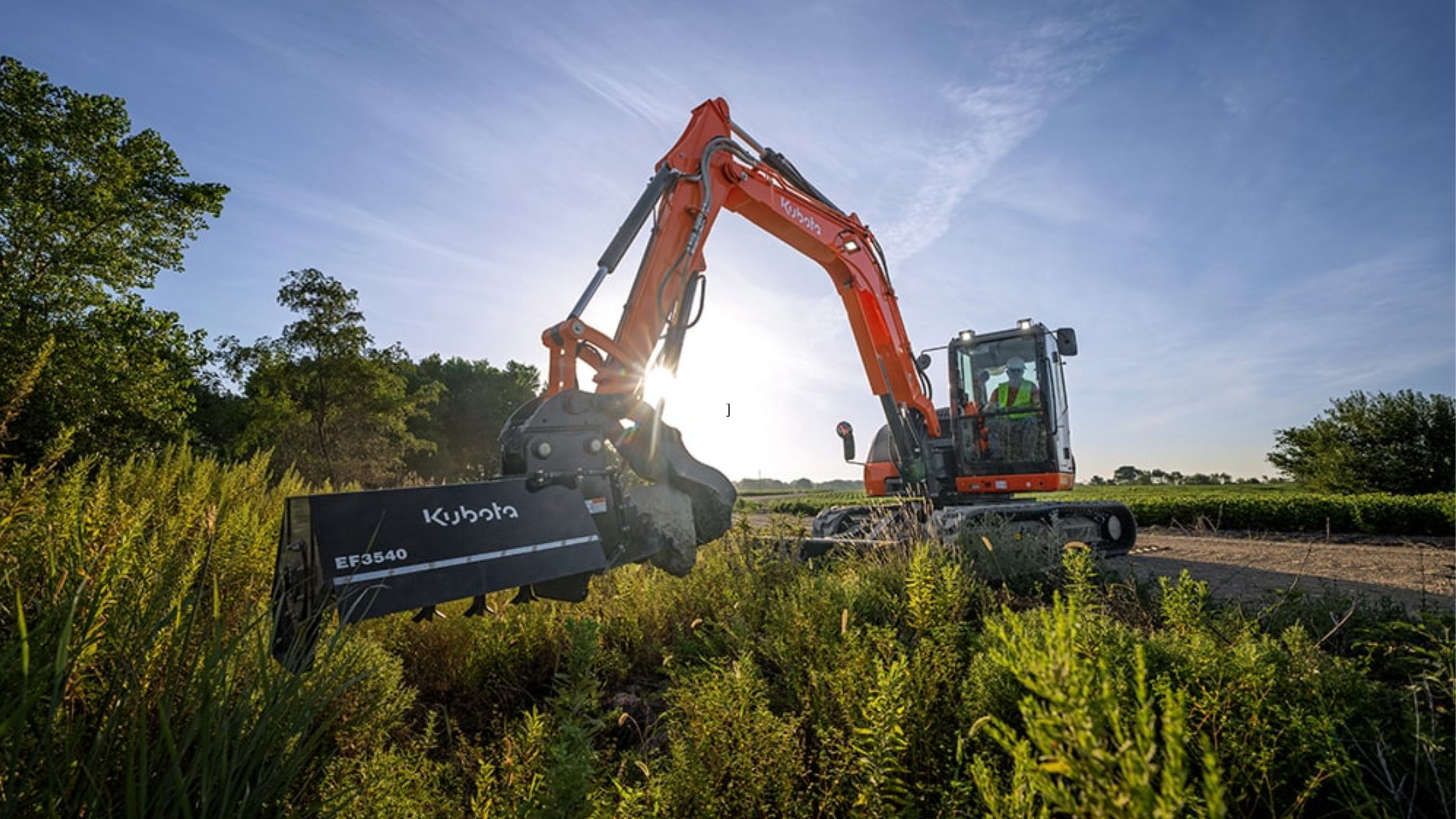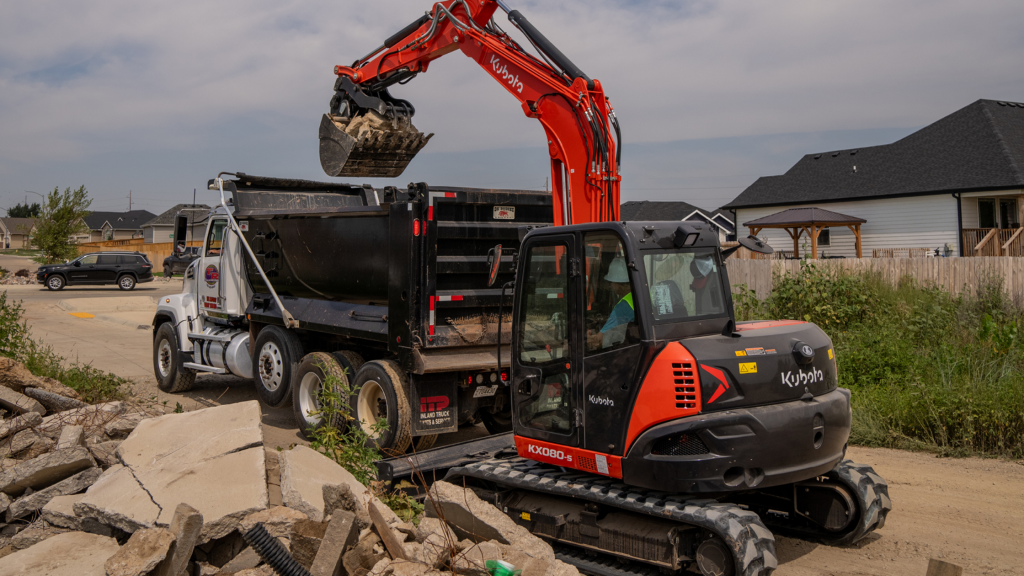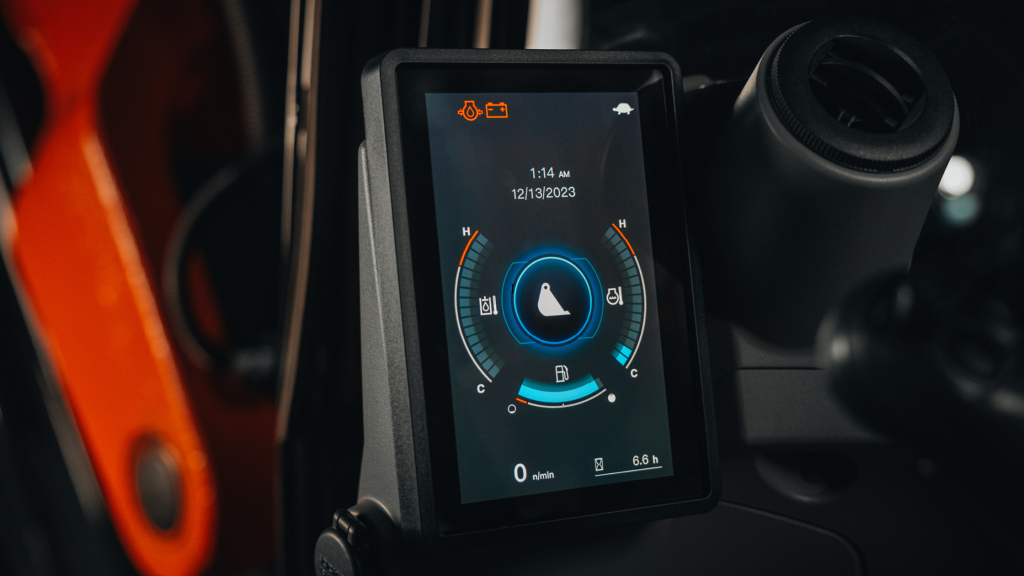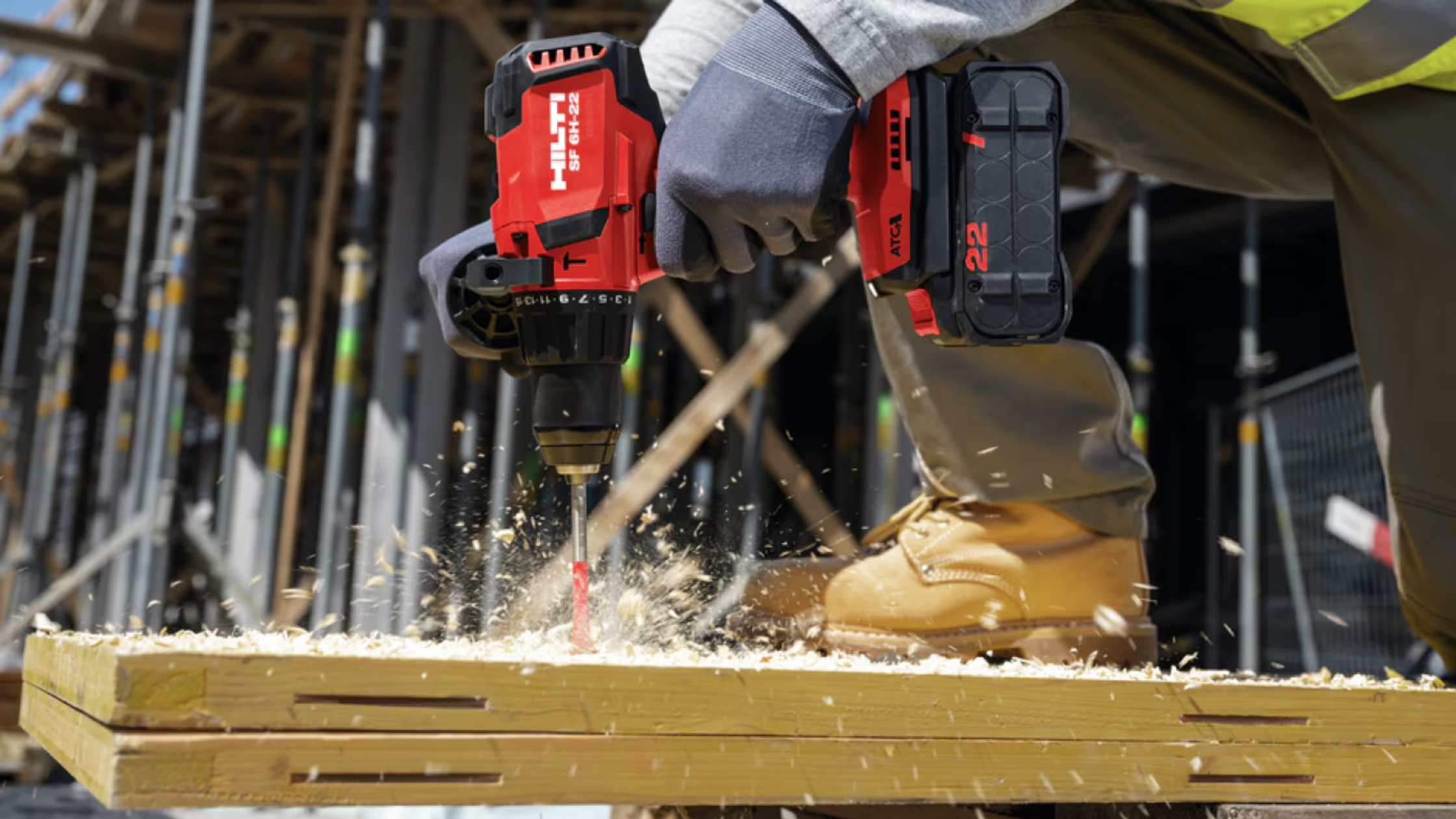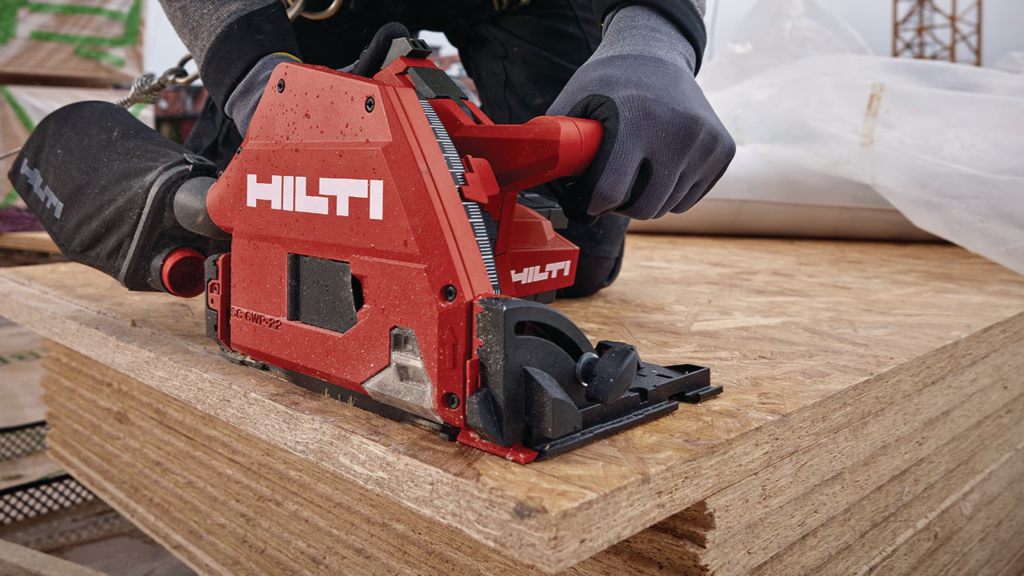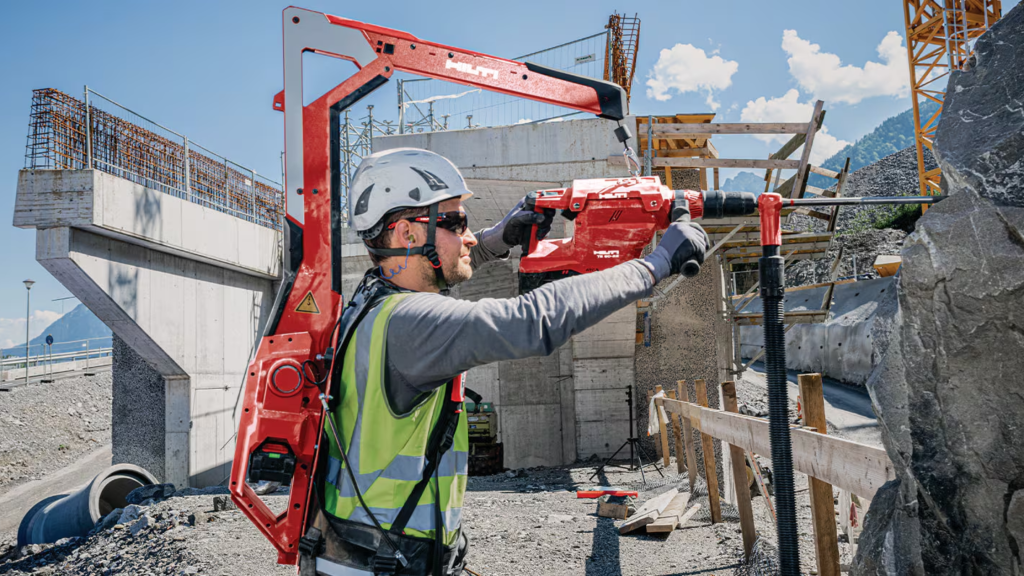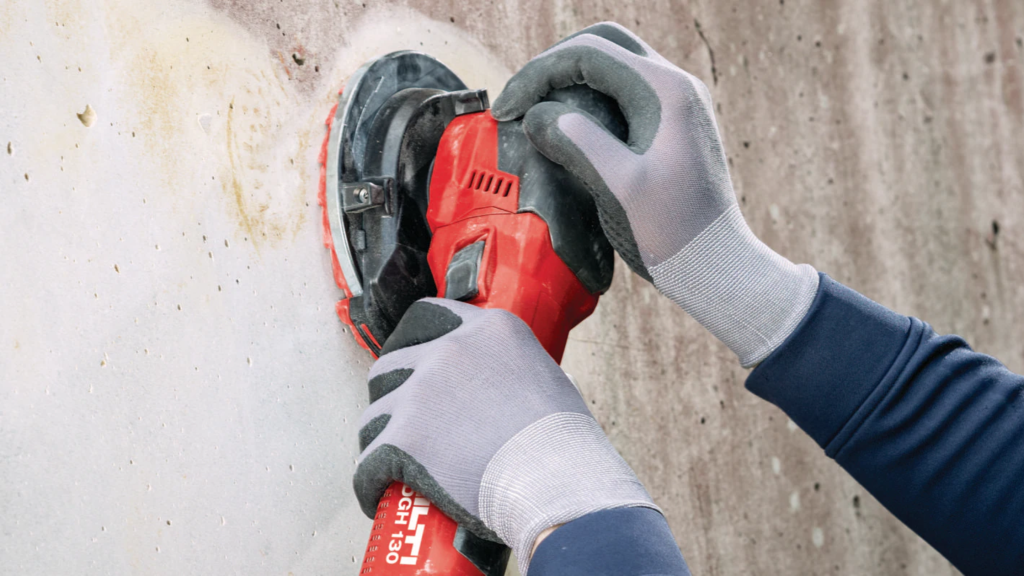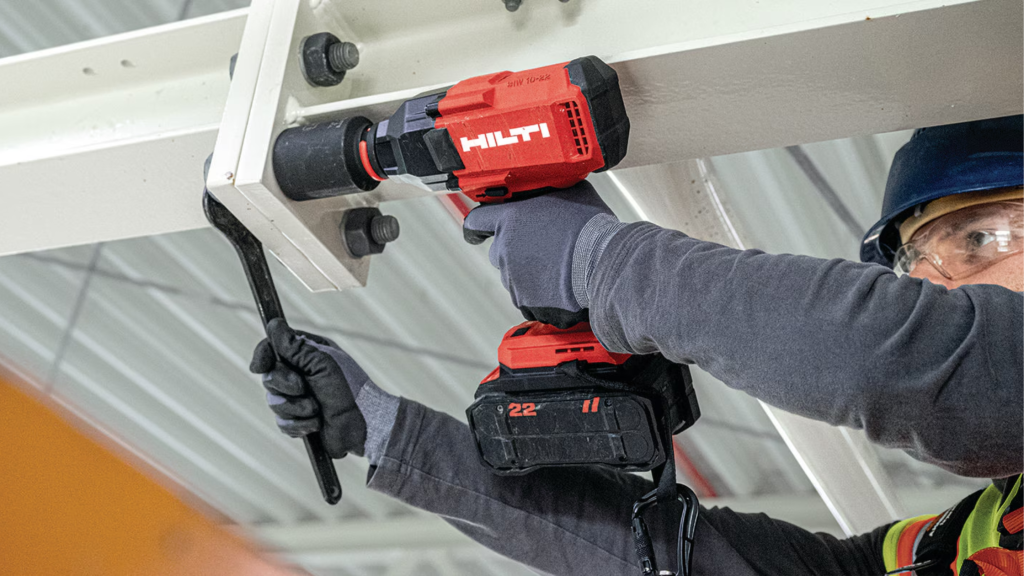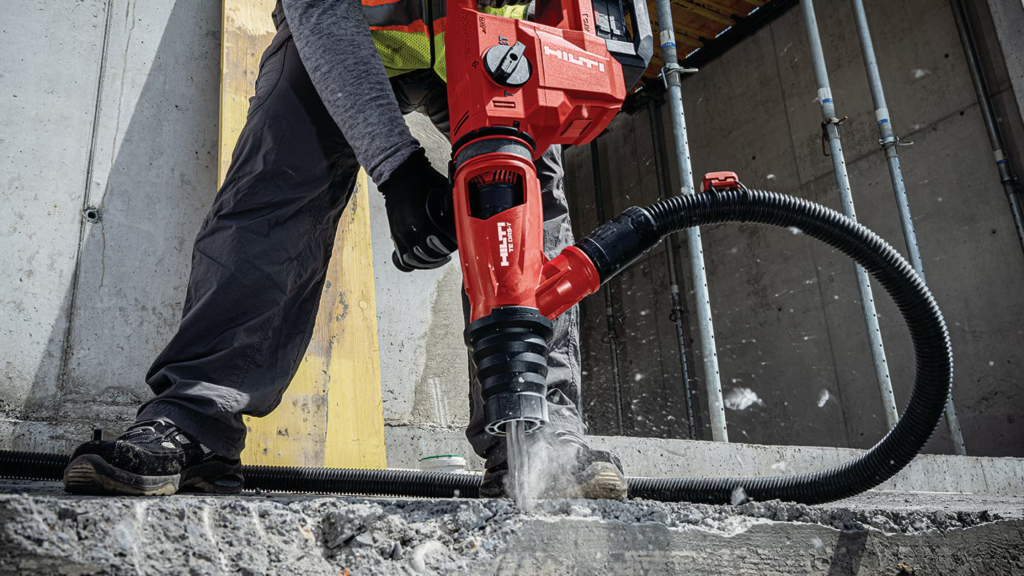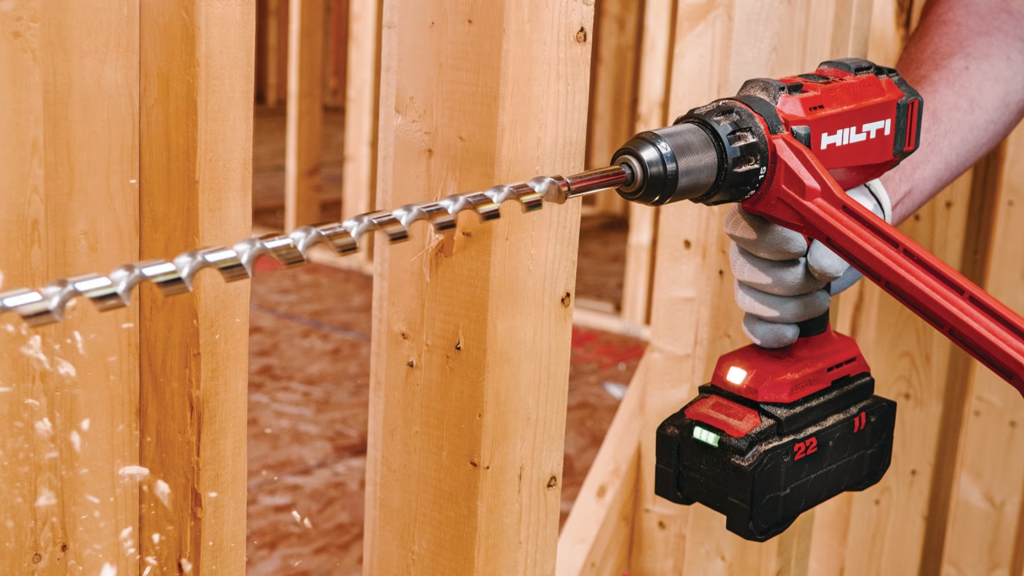Chronic pain is one of the most common complaints among construction workers. Prescription painkillers are a quick out from chronic pain, but other options like heat and cold therapy, acupuncture, and mindfulness meditation are more natural ways to reduce chronic pain and improve quality of life.
Quick look
- As many as 75% of construction workers report suffering from ongoing musculoskeletal pain.
- Musculoskeletal injuries have consequences for workers and interfere with company productivity and safety.
- Cold and heat therapy is proven effective in reducing pain and inflammation and accelerating healing.
- Other natural (free) options, such as mindful meditation, exercise, and stress management, can help reduce chronic pain and improve well-being.
Chronic pain and construction
Jobs involving physical labor are anything but easy on the body. As many as 75% of construction workers report experiencing ongoing musculoskeletal pain, which puts them at a higher risk for substance use and overdose.
With millions of workers in construction, the industry is one of the largest in the US and Canada—it also has the highest rates of work-related injuries and suicides, along with a high prevalence of musculoskeletal pain and disorders among its workers.
A 2012 study found that about 40% of construction workers over 50 suffered from persistent back pain or problems. A similar study found that injured workers were 45% more likely to be treated for depression than non-injured workers.
Although musculoskeletal injuries undoubtedly have consequences for workers, they’re also problematic for the industry. Some of the major adverse consequences of chronic pain include:
- Mental health issues (anxiety and depression)
- Sleep deprivation
- Restricted work activity
- Tardiness and absenteeism
- Reduced quality of life
- Poor concentration and focus
- Substance misuse disorders
- Decreased productivity
- Increased suicide risk
- Increased use and costs of medical care
While opioids tend to be the treatment choice for construction workers when it comes to pain management, they’re not the only solution.
Here are some science-backed natural pain management techniques (that actually work!) to try before turning to prescription painkillers.
6 natural pain management techniques
1. Cold and heat
Heat and cold therapy are recognized for their use in acute injuries, but they’re often overlooked as a treatment option for chronic pain.
A 2021 survey from the U.S. Pain Foundation found that heat and cold therapy are actually the most-used relief options for people struggling with chronic pain. Of the almost 1,600 survey respondents, 65.7% said they currently use heat and cold therapy to manage their pain—67.8% said they use heat at least once a week, and 44.9% said they use cold therapy at least once a week.
Heat and cold therapy both offer enormous benefits for chronic pain, but their mechanisms differ:
- Cold therapy decreases the skin and muscle temperature to reduce blood flow and metabolic processes, reducing inflammation and swelling and helping to reduce pain levels. Cold therapy may also decrease nerve activity to reduce pain further.
- Heat therapy increases skin and muscle temperature to enhance blood flow and metabolic processes, accelerating healing and elasticity and reducing pain.
There are two types of heat therapy:
1. Dry heat: Sources like heating pads or bags, dry heating packs, and infrared saunas.
2. Moist heat: Sources like steamed towels, moist heating packs, hot baths/showers, or steam rooms. Moist heat is more effective and requires less time to achieve the same results.
Cold therapy includes the following practices:
- Cryotherapy
- Ice packs or frozen gel packs
- Cold plunges
- Cold showers
- Coolant sprays
- Ice massage
Applying cold and heat therapy
Heat therapy is most effective when used for extended periods. Minor muscle stiffness and tension can generally be relieved within 15 to 20 minutes of heat therapy, while moderate to severe pain benefits from sessions lasting between 30 minutes and two hours.
When it comes to managing chronic pain with heat or cold therapy, there are no hard and fast rules—experiment with both and see which works best for you. You may also find the best results come by using a combination.
2. Acupuncture (or acupressure)
Acupuncture is an alternative therapy that some research suggests could help manage chronic pain. It works on the body’s meridian lines (or pressure points). It’s believed that acupuncture stimulates the central nervous system, which releases chemicals into the muscles, spinal cord, and brain to stimulate the body’s natural healing abilities.
Acupressure works similarly—by applying gentle pressure to acupoints along the meridian lines to trigger the same effects.
Although the efficacy of acupuncture for chronic pain has been questioned, a 2012 review sought to investigate the effects of acupuncture on four chronic pain conditions: back and neck pain, osteoarthritis, chronic headache, and shoulder pain. They found that acupuncture was effective for treating chronic pain—significant differences between true and sham acupuncture suggest that acupuncture is more effective than a placebo.
Another 2018 meta-analysis on the effects of acupuncture on pain found that the modality is effective in managing chronic pain, especially for musculoskeletal pain, headache, and pain associated with osteoarthritis.
3. Capsaicin
The concept of treating like with like stems from homeopathy, which is precisely what capsaicin does—it treats pain and inflammation by topically applying heat in the form of chili peppers.
Capsaicin is the active compound in hot peppers that gives them their heat, and extensive research suggests that capsaicin has powerful analgesic properties that may benefit people with chronic pain.
Here’s how it works:
Topically applied capsaicin causes a brief initial sensitization followed by prolonged desensitization of the local pain nerves. This happens by stimulating the transient receptor potential vanilloid-1 (TRPV1), which expresses pain in nerve fibers.
Put simply, using high-concentration capsaicin topically applied can offer prolonged relief from chronic pain.
A 2020 study found that capsaicin use leads to high levels of pain relief and improvements in sleep, fatigue, depression, and quality of life. Another 2021 study found that topical capsaicin effectively reduces neuropathic pain.
That said, low-concentration topical preparations don’t offer the same benefits for pain relief. High-concentration topicals, the capsaicin 8% patch (C8P), and high-concentration liquids and injectable capsaicinoids generally accelerate the desensitization/defunctionalization state and, therefore, pain relief.
Remember: Topical capsaicin preparations may cause a mild burning or tingling sensation when applied to the skin.
4. Mindfulness and meditation
Mindfulness meditation is becoming increasingly popular as a form of natural pain relief. It works by refocusing the mind on the present and increasing awareness of external surroundings and inner sensations, allowing one to step back and reframe experiences.
While more research is needed to solidify the link between mindfulness meditation and chronic pain, initial research is promising. A 2017 systematic review and meta-analysis reviewed 38 studies and concluded that mindfulness meditation can improve symptoms of chronic pain, depression, and quality of life.
The exact mechanism of how mindfulness meditation reduces pain isn’t clear, but some research suggests that long-term meditation can change activity in specific brain regions. For example, one study found that in response to noxious thermal stimulation, “long-term Zen practitioners showed significant activation of sensory processing–related brain regions (thalamus, insula) and reduced activation in brain areas that process the evaluation of pain (medial PFC (mPFC), OFC).”
Pro tip: If you struggle to get into the meditation zone, apps like Calm, Headspace, and Insight Timer are great places to get you there—most of them are free!
6. Exercise
Exercise for chronic pain may seem counterproductive, and for most people with pain, the natural response is to stop physical activity. However, research suggests the opposite: exercise can be beneficial for people with chronic pain in the long term.
Regular physical activity can reduce the risk of developing chronic pain and can help people with existing chronic pain manage it. It improves muscle strength and flexibility and reduces fatigue, pain sensitivity, and inflammation. Other research shows that moderate exercise has an analgesic effect in conditions such as low back pain, osteoarthritis, myofascial pain, chronic fatigue syndrome, and fibromyalgia.
Exercise also produces other benefits for people with chronic pain:
- Increases muscle strength. Regular exercise helps prevent muscular atrophy, which decreases pain by strengthening muscles and improving flexibility.
- Reduces fatigue. Physical activity can help to reduce fatigue, a common complaint in people with chronic pain.
- Improves sleep. Chronic pain can impede sleep quality, but research shows that regular exercise can enhance sleep quality, reduce sleep latency, and improve overall sleep quality.
- Improves mood and reduces depression and anxiety. Chronic pain and mood imbalances go hand in hand, but regular physical activity may help improve mood and reduce symptoms of depression.
- Reduces pain sensitivity. Some research shows that exercise may help reduce pain sensitivity compared to nonexercise training treatments. This is because exercise alters how the brain responds to pain by normalizing the pain signal process and promoting the release of analgesics.
7. Stress management
Pain and stress are adaptive processes designed to protect an organism. But if either process becomes chronic, it can lead to long-term “maladaptive” changes in physiology and, consequently, behavior, leading to suffering and compromised well-being.
Studies show that in people with chronic pain, stress is typically associated with a worsening of pain symptoms and stress-induced hyperalgesia (increase in pain sensitivity). In fact, stress and pain are highly comorbid, and they have a significant overlap in both conceptual and biological processes.
As such, managing chronic pain comes down, in part, to managing chronic stress.
Here are 7 simple tips to help manage stress:
1. Use guided meditations
2. Practice deep breathing
3. Eat a whole food, nutrient-dense diet
4. Get enough good quality sleep
5. Engage in daily physical activity
6. Connect with others
7. Manage social media and screen time
Bottom line
Chronic pain is a debilitating condition that many construction workers suffer from. Not only does it interfere with quality of life, but it also increases suicide risk dramatically. But chronic pain doesn’t have to consume your life. Heat and cold therapy, acupuncture, stress management, and regular exercise are simple (and mostly free) ways to help manage chronic pain and regain control of your life.
